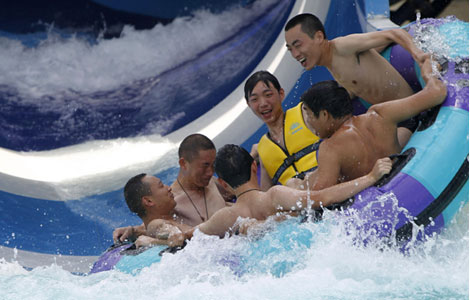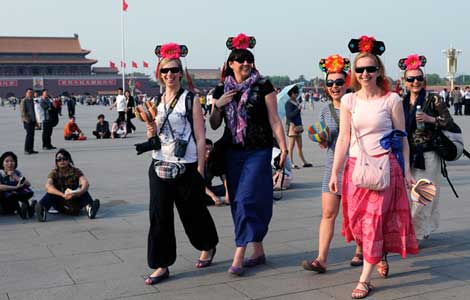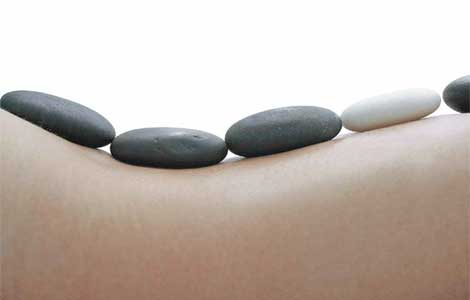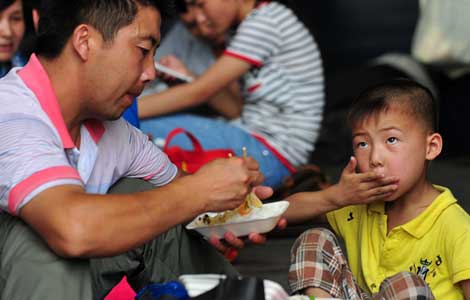China's export losses continue to widen
Updated: 2013-07-31 17:33
By Wang Yu (chinadaily.com.cn)
|
||||||||
Foreign technical barriers to trade resulted in direct economic loss of $68.5 billion in China's exports last year, accounting for 3.34 percent of the total export value over the same period, according to the General Administration of Quality Supervision, Inspection and Quarantine(AQSIQ), the Economic Information reported on Monday.
At the same time, technical barriers have affected a quarter of China's export companies, forcing them to pay $28.02 billion in additional costs last year, up $2.06 billion compared with 2011, a survey by the AQSIQ shows.
"Technical barriers to trade have become the main obstacle for China's exports. The AQSIQ intends to take measures to improve the response capability of Chinese export enterprises," said Chen Xitong, deputy director of the information office of the AQSIQ.
Requirements for certificates, labeling, technical standards, packing, packing materials, and limitations on toxic and harmful substances serve as major technical barriers established by China's trade partners. Requirements on agricultural veterinary medicine residue, microbial indexes, certifications and registrations of factories and warehouses, and limitations of heavy metals and other poisons were used to hit China's agricultural exports, Chen introduced.
Song Hong, director of the International Trade Research Division of Institute of World Economics and Politics, CASS, warned Chinese export enterprises to focus on changing foreign rules and regulations such as product standards and epidemic prevention.
For Chinese enterprises, technical barriers make Chinese exports costlier, thereby pushing many domestic companies out of overseas markets.
This year, the European Union carried out a series of rules to tighten environmental safety standards. For example, an updated EU Toy Safety Directive was implemented on July 20. "The strictest rules ever seen in history" were designed to improve the chemical, physical and mechanical properties of toy products, according to Economic Information.
With the increase of China's export volume, trade barriers and protective measures may become more severe, perhaps including the use of carbon tariffs and labor standards, said Bai Ming, a researcher with the Chinese Academy of International Trade and Economic Cooperation under the Ministry of Commerce.
Bai encouraged export enterprises to focus on improving their own products. If they run up against trade protection measures adopted by importing nations, they can also turn to the government and associations for help.
Most Viewed
Editor's Picks

|

|
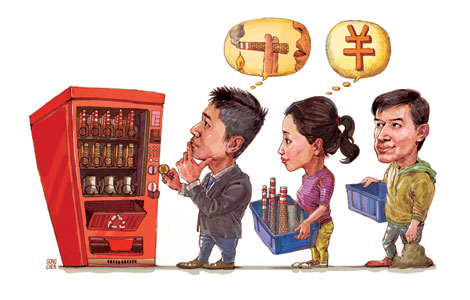
|

|

|

|
Today's Top News
China-US talks yield 'incremental progress'
Spain investigators: Train driver was on phone
Apple faces more staff abuse charges
Spending surge for renewables
Beijing and Canberra to resume trade talks
Top leader vows to meet growth target
2,290 disciplined for extravagance
Japan diplomat seeks to mend ties
US Weekly

|

|

